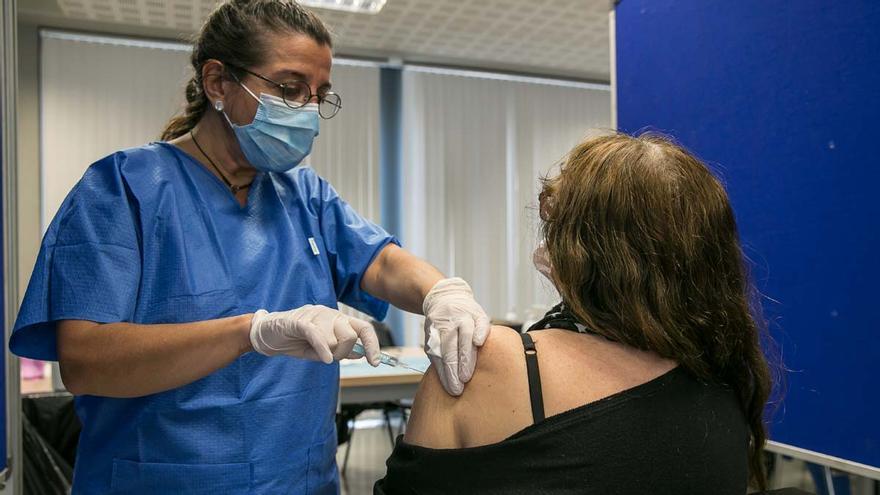Loading player
At the beginning of May a group of researchers started an experimental project which plans to inject a radioactive material into the horns of rhinos, which would make it easier to identify the parts of horn that are removed from animals and trafficked illegally, in the hope of limiting the phenomenon. Each year between Africa and Asia, poachers kill hundreds of rhinos to obtain their horns, which are heavily used in traditional Chinese medicine for the belief that they can cure diseases such as cancer.
The international trade in rhino horn is forbidden by the Convention on International Trade in Endangered Species (CITES) since 1977. Today on the black market a one kilogram rhino horn can cost almost 55 thousand euros, which is why illegal hunting of rhinos is widespread both in Africa that in Asia, and is one of the main reasons why all five currently living rhino species, albeit to varying degrees, are in danger of becoming extinct.
The project that plans to make rhino horns radioactive, so to speak, is funded by the Russian company Rosatom and has been renamed “Project Rhisotope”, from the union of the English words “rhinoceros”, like rhinoceros, and “isotope”, in reference to radioactive isotopes.
A group of researchers from the University of Witswatersrand in Johannesburg, South Africa, and some people who own rhinos are participating in the project. Professor James Larkin, a scientist expert in radiation protection and nuclear safety at the University of Witswatersrand, explained that for the moment a particular amino acid has been inserted into the horns of two rhinos to understand if the injected radioactive substance will circulate inside the bodies. animals or will remain localized in the horn and in what quantities it will have to be administered to avoid health problems to the animal.
The aim of the research is to ensure that even a very small amount of material inserted in rhino horns can be detected by special sensors that should be installed at national borders, for example in airports, so as to make it much easier to identify the horns. which are illegally traded. At the same time, Larkin said that “by making the horns radioactive” scientists hope to discourage their consumption, thereby intervening “at multiple levels of the supply chain.”
On the left, the last two living northern white rhinos, Fatu and Najin, and on the right, the southern white rhino Tauwo. Ol Pejeta Conservancy, protected nature reserve in Kenya, 1st May 2020 (AP Photo / Khalil Senosi, File)
–
According to data released by the South African government, in 2020 poachers in South Africa killed 394 rhinos to obtain their horns and sell them illegally: they were far fewer than those killed in 2019 (769) and the trend in recent years is in constant decline, but poaching remains the main threat for the approximately 20 thousand specimens living in the country, that is, most of the living rhinos.
The Rhisotope project is only the latest of the methods proposed to limit the phenomenon of illegal hunting of rhinos and their horns: in recent years, some rather controversial practices had been proposed to try to solve the problem, including poisoning, the dyeing or removal of horns from animals. In 2019, however, a group of biologists had thought that spreading on the black market fake rhino horns it could have helped bring down the price and demand for the real ones.
If the method of the Rhisotope project were to work, be practicable and above all safe for animals, it could also be applied to the tusks of elephants, which in turn are threatened by the enormous problem of illegal ivory trade.
– Read also: What do you do all day when your species became extinct
–


